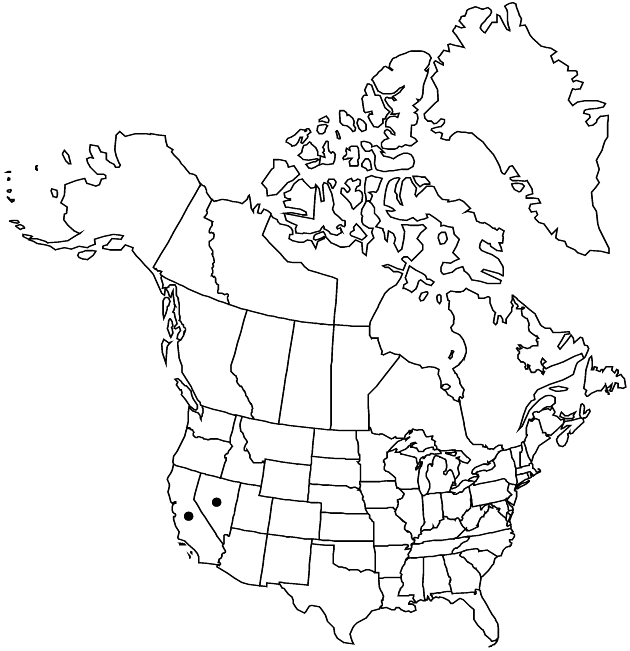Difference between revisions of "Ericameria parryi var. monocephala"
Phytologia 75: 89. 1993.
Common names: One-headed rabbitbrush
Basionym: Chrysothamnus monocephalus A. Nelson & P. B. Kennedy Proc. Biol. Soc. Wash. 19: 39. 1906
Synonyms: Chrysothamnus parryi subsp. monocephalus (A. Nelson & P. B. Kennedy) H. M. Hall & Clements
FNA>Volume Importer |
FNA>Volume Importer |
(No difference)
| |
Revision as of 18:41, 24 September 2019
Plants 5–40 cm (rigid). Leaves crowded, grayish; blades mostly 1-nerved, linear, 10–30 × 0.5–1.5 mm, faces sparsely to densely tomentulose, viscidulous; distalmost overtopping arrays. Heads 1–2(–4) at branch tips. Involucres 10–11 mm. Phyllaries 8–12, thinly chartaceous, apices erect to spreading, attenuate. Florets 5–7; corollas 8–9 mm, tubes sparsely strigose, throats gradually dilated, lobes 1.5–1.8 mm. 2n = 18.
Phenology: Flowering late summer–fall.
Habitat: Open subalpine forests, talus, and alpine barrens
Elevation: 2800–3700 m
Discussion
Of conservation concern.
Variety monocephala is known from the Sierra Nevada.
Selected References
None.
Lower Taxa
None.
